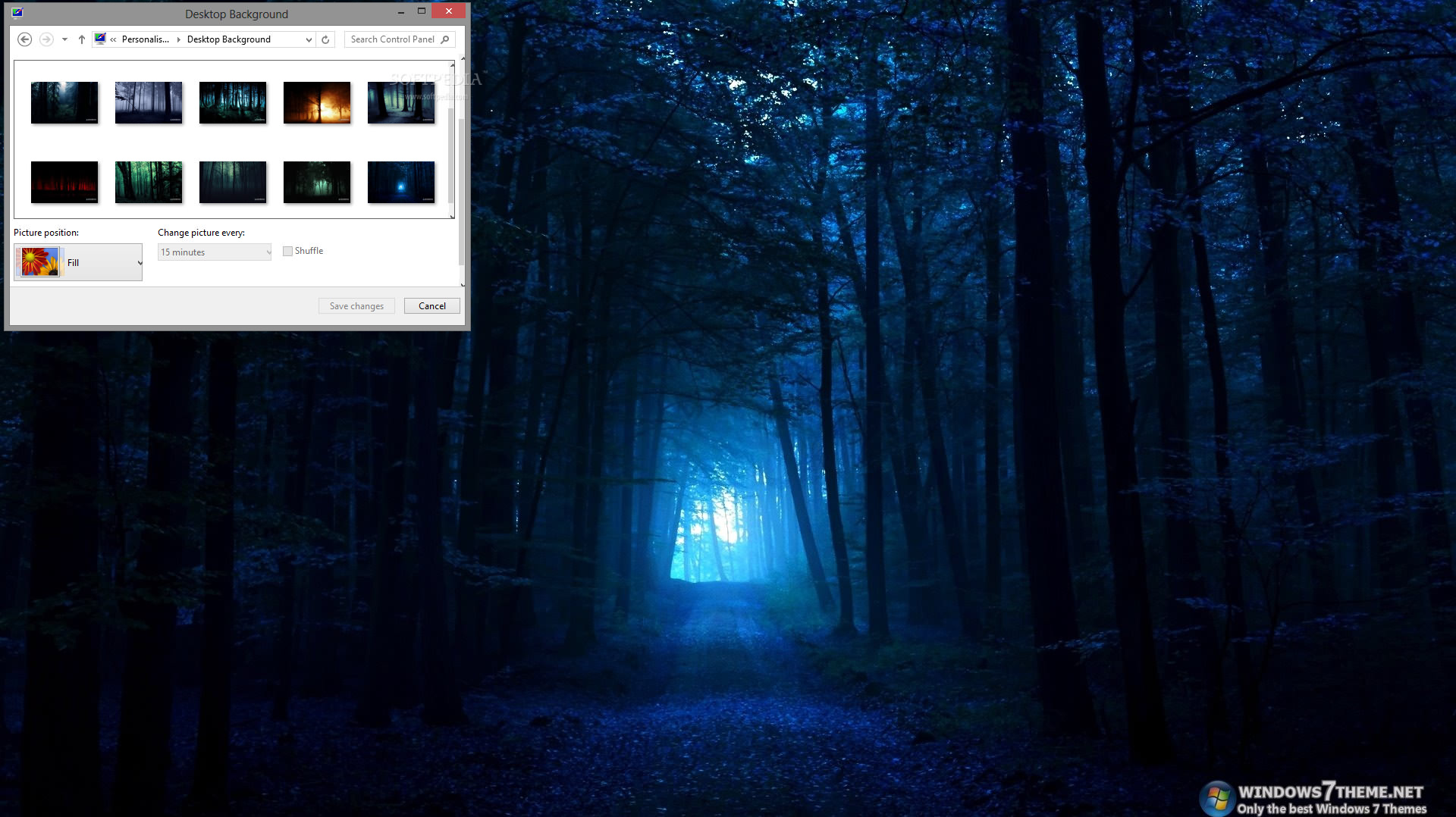

The problem was a bad SSD and was very difficult to diagnose my Apple Store and 10 calls to AppleCare weren't as helpful as my own diagnostic work. This crash behavior sounds very similar to what I observed on my Mac Mini, described in this thread. Also a few where apps will start beachballing on some kind of disk access, so apps will slowly hang one by one - I can usually save open files but not open anything else up, leading to a rapid restart. vmx file while the VM is powered off, and add =Intel if you prefer using Intel GPU all the time (even when 3rd party apps force the mac switch to the high power NVIDIA GPU.Yep, I've had a few of those. vmx file while the VM is powered off, and add =Intel if you prefer using Intel GPU all the time (even when 3rd party apps force the mac switch to the high power NVIDIA GPU.) choose Use High Performance Graphics for 3D Applications Only, if you don't mind occasionally using NVIDIA GPU.The fix is simple, but it's unclear at the moment whether there will be another Fusion 11.5.x release which we could target for the fix. We thought Fusion 11.5.x wasn't affected, but in hindsight we were wrong. This issue was caught internally during Fusion 12 development and is fixed on Fusion. It happens because NVIDIA Kepler GPUs lack one feature (programmable sample positions) which all other Metal capable GPUs support (including the IvyBridge/Haswell Intel GPUs included on these dual GPU macs.) So when the VM switches from the lower power to high power GPU it complains about this missing feature. The issue is rare and requires lots of conditions to happen: it only happens on dual Intel+NVIDIA GPU macs, when Don't Use High Performance Graphics is selected, and the mac switches from Intel to NVIDIA (due to 3rd party applications requesting the high power GPU.) Help is appreciated for solving this problem. svga| E001: PANIC: MKS-RenderMain: Full renderer lost capabilities.svga| I005: MKS-RenderMain: ResetRenderer.The vmware.log files are saved for future reference and some samples lines are as follows: The graphics settings of the VMs shown in the screenshot are identical, namely: a) accelerate 3D graphics is activated b) Don't use high performance graphics c) at least 128 MBytes of shared graphics memory d) do not use full resolution for Retina display and e) use Fusion display preferences in single window and full screen modes. The problem is easily reproduced by following these steps: a) ensure the computer is using the integrated graphics card (e.g, by choosing the Energy tab in Activity Monitor) b) starting a VM c) launching Photos, which activates high performance mode and, consequently, the VM crashes d) starting the VM again and e) closing Photos, which reverts to integrated mode, and, again, the VM crashes.

The guest operating system does not seem to matter, at least for Windows 10, Windows XP, and Debian 9. The problem: all running VMs crash (see screenshot) everytime the graphics mode of the MacBook Pro switches from integrated to high performance and vice-versa. The computer features an Intel Iris Pro and a NVIDIA GeForce GT, and has automatic graphics switching activated. I'm a user of VMware Fusion since version 6 and currently using 11.5.7 on a MacBook Pro Retina, 15-inch, late 2013, running macOS 10.14.6 (Mojave).


 0 kommentar(er)
0 kommentar(er)
